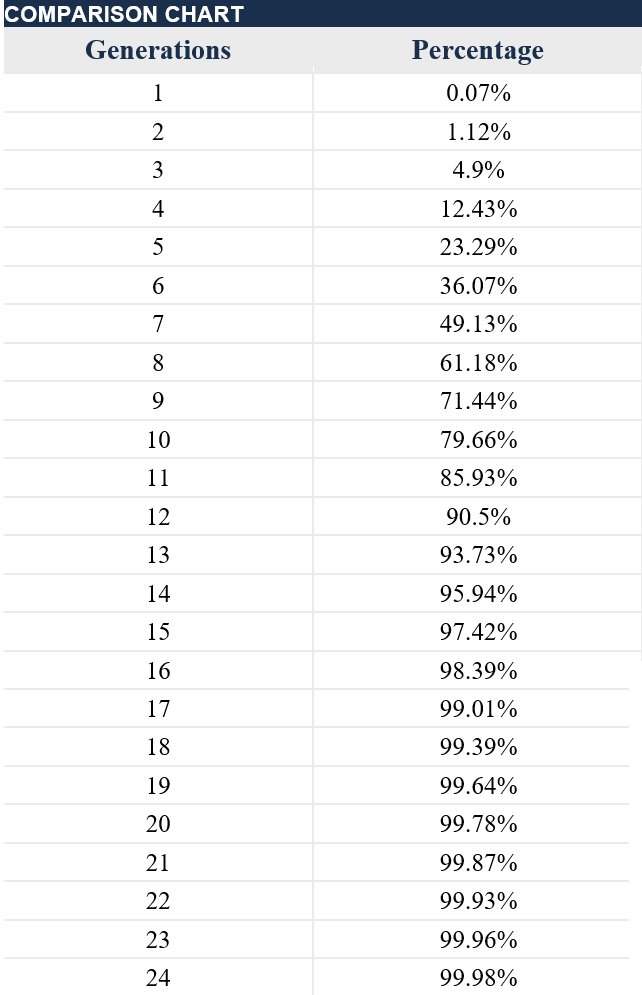Using FTDNA TiP Calculator
by Ed Ralston
What is the TiP tool? ISOGG Wiki describes it as follows,
TiP is an abbreviation for Time Predictor. TiP is a proprietary tool provided by Family Tree DNA which allows for a probabilistic comparison between two Y-STR haplotypes to determine the time to the most recent common ancestor (TMRCA). The program incorporates marker-specific mutation rates to increase the power and precision of the TMRCA estimates.
On its website, FTDNA provides the following information and instructions regarding the TiP tool:
FTDNATiP™ (FamilyTreeDNA’s Time Predictor) is a program that predicts the time to the most recent common ancestor for two men based on their Y-chromosome STR matching and STR mutation rates. FTDNATiP™ provides powerful and precise calculations of Time to the Most Recent Common Ancestor (TMRCA) by incorporating mutation rates specific to each STR marker.
To use FTDNATiP™:
-
- Sign in to your myFTDNA account.
- On your dashboard, select Matches in the Y-DNA
- On Y-DNA – Matches, click on the "Time Predictor" icon on the right side of a match’s name to run the TiP™ report for that match.
When using the TiP tool, first select the match you are comparing the at highest test level that includes both. To the right of the match’s name click the "Time Predictor" icon (three lines).

There are two variables that may be changed and the results page defaults to the following:

I would suggest leaving the first at 1 generation to start. Change the “Display” to “every generation”.
I am using two matches who are at 8 genetic distance at 111 markers as a sample. The TiP results are:

What do the percentages mean? For each generation listed, the percentage shows the probability of the common ancestor of the two matches being WITHIN that number of generations. For example, in the chart above the two matches have a 79.66% chance that their common ancestor was 10 or less generations back. The percentages listed for each generation are a cumulative sum of that and the previous generations.
So, what can these percentages tell you? How many generations back was the common ancestor with your match?
Next: Analizing TiP Results - Part 1